pon (Passive Optical Network) is a passive optical network, which means that the ODN (optical distribution network) between the OLT (optical line terminal) and the ONU (optical network unit) does not have any active equipment and only uses optical fibers and passive components. PON mainly adopts point-to-multipoint network structure and is the main technology for realizing FTTB/FTTH.Such as GPON,epon,APON

PON technology contains a lot of content and is constantly being iteratively updated. The development of xPON technology has evolved from APON, bpon, and later GPON and EPON. These are technologies with different transmission modes and transmission standards developed at different times.

What is APON?
In the late 1990s, the ITU (International Telecommunications Union) first proposed APON using Asynchronous Transfer Mode (ATM) for packet communication. APON uses the centralization and statistical multiplexing of ATM, combined with the sharing effect of passive splitters on optical fibers and optical line terminals, to make the cost 20 to 40% lower than the traditional PDH/SDH access system based on circuit switching. .
What is BPON?
With the rapid development of Ethernet technology, APON is basically no longer used. At this time, the concept of broadband passive optical network BPON (Broadband Passive Optical Network) was proposed. BPON is an enhancement after the APON standard. It was originally called APON and was later changed to BPON for differentiation. BPON is based on the ATM protocol, with uplink and downlink speeds of 155 and 622Mbps respectively. It also adds functions such as dynamic bandwidth allocation and protection, and can provide services such as Ethernet access, video transmission, and high-speed leased lines.
What is EPON?
Due to the high deployment cost of BPON, it was subsequently replaced by EPON, which was more cost-effective and faster. EPON (Ethernet Passive Optical Network) is an Ethernet passive optical network. EPON is based on Ethernet\’s PON technology, which combines the advantages of PON technology and Ethernet technology. It adopts point-to-multipoint structure and passive optical fiber transmission to provide a variety of services on top of Ethernet. Because EPON deployment is economical and efficient, it is the most effective communication method to achieve \”three networks in one\” and the \”last mile\”.
What is GPON?
GPON (Gigabit-Capable Passive Optical Network) is a Gigabit Passive Optical Network or Gigabit Passive Optical Network. EPON and GPON adopt different standards. It can be said that GPON is more advanced, can transmit larger bandwidth, and can carry more users than EPON. Although GPON has advantages over EPON in terms of high speed and multiple services, GPON\’s technology is more complex and its cost is higher than EPON. Therefore, at present, EPON and GPON are the most widely used technologies for PON broadband access. Which technology to choose depends more on the cost of optical fiber access and business needs. GPON will be more suitable for customers with high bandwidth, multiple services, QoS and security requirements, and ATM technology as the backbone. The future development is higher bandwidth. For example, EPON/GPON technology has developed 10 G EPON/10 G GPON, and the bandwidth will be even higher.
As capacity demands on network providers continue to increase, the versatility of access networks must also expand to meet this growing demand. Fiber-to-the-home (FTTH) passive optical network (PON) optical network access is currently the most widely used and implemented technology. The advantages of PON technology are that it can reduce the occupation of backbone optical fiber resources and save investment; the network structure is flexible and has strong scalability; the failure rate of passive optical components is low and it is not susceptible to interference from the external environment; and it has strong business support capabilities.





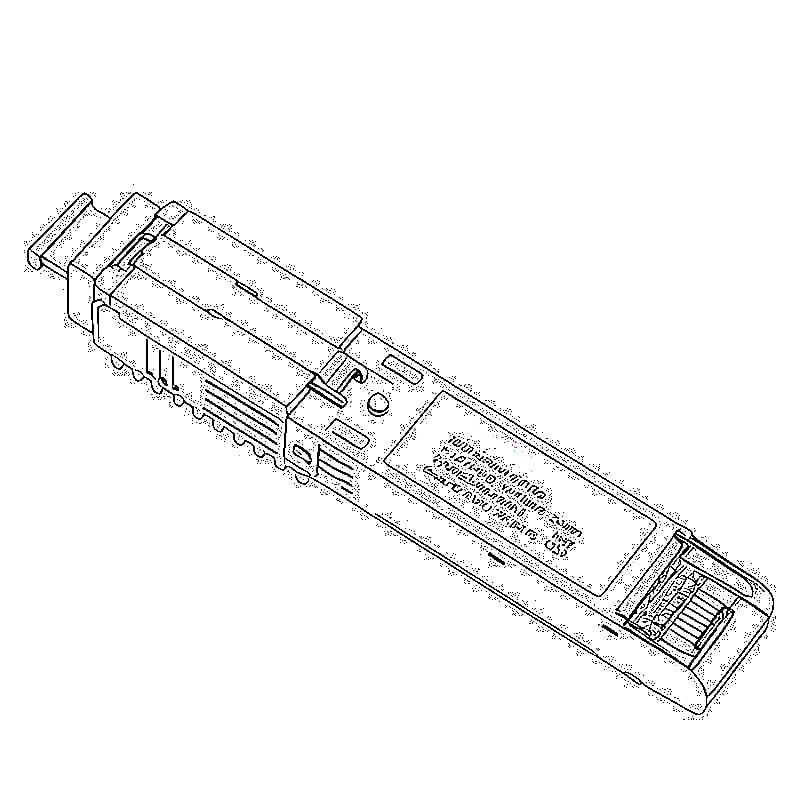



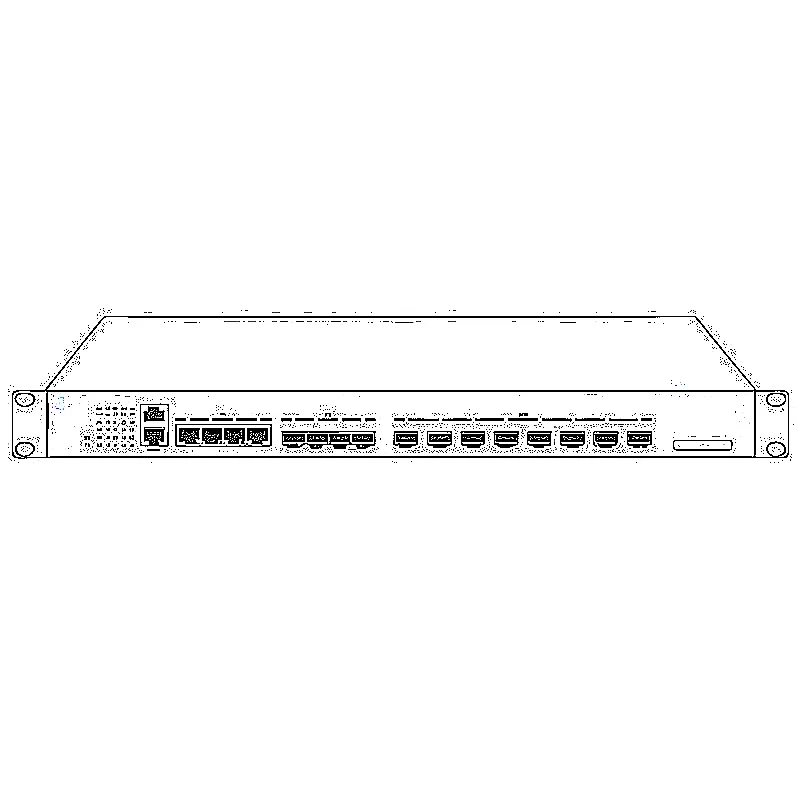










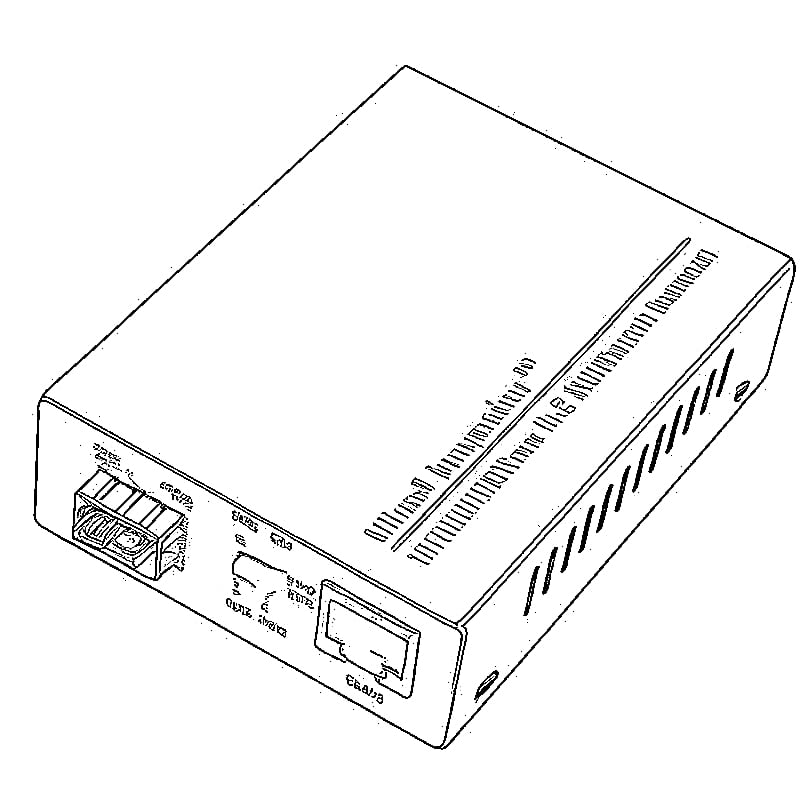







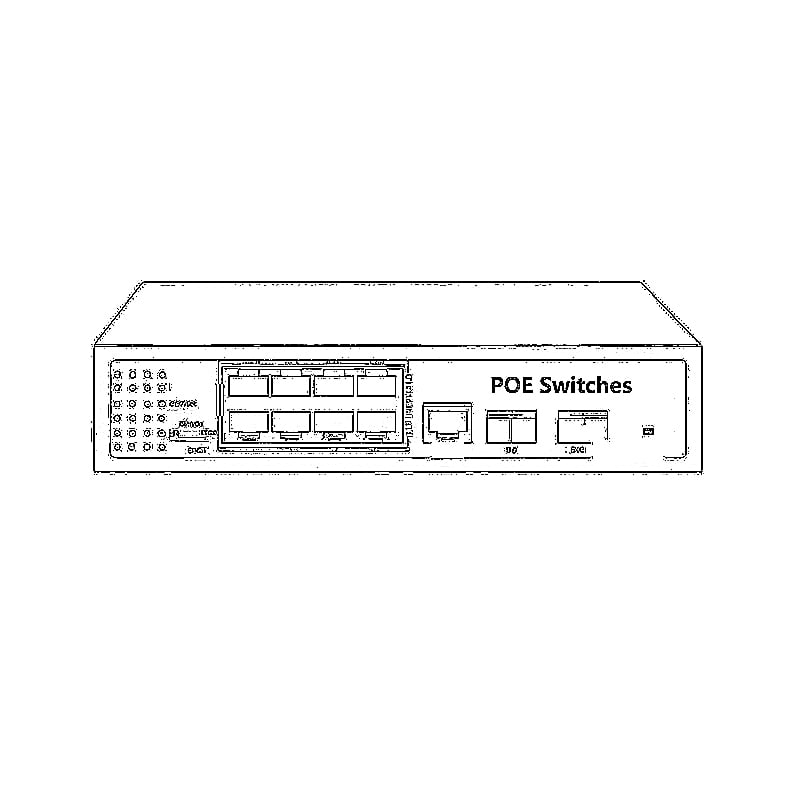



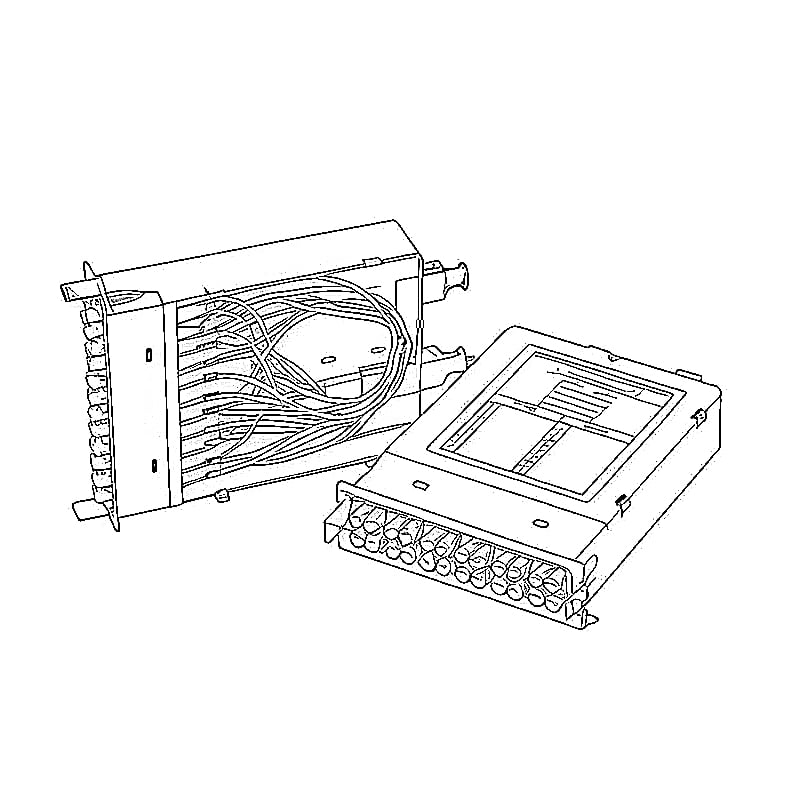


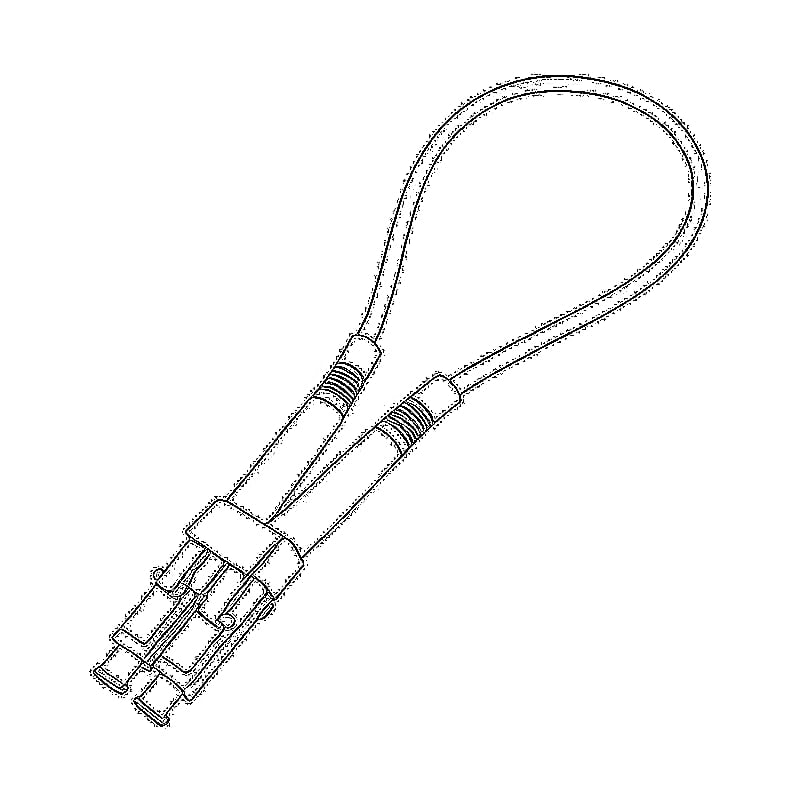


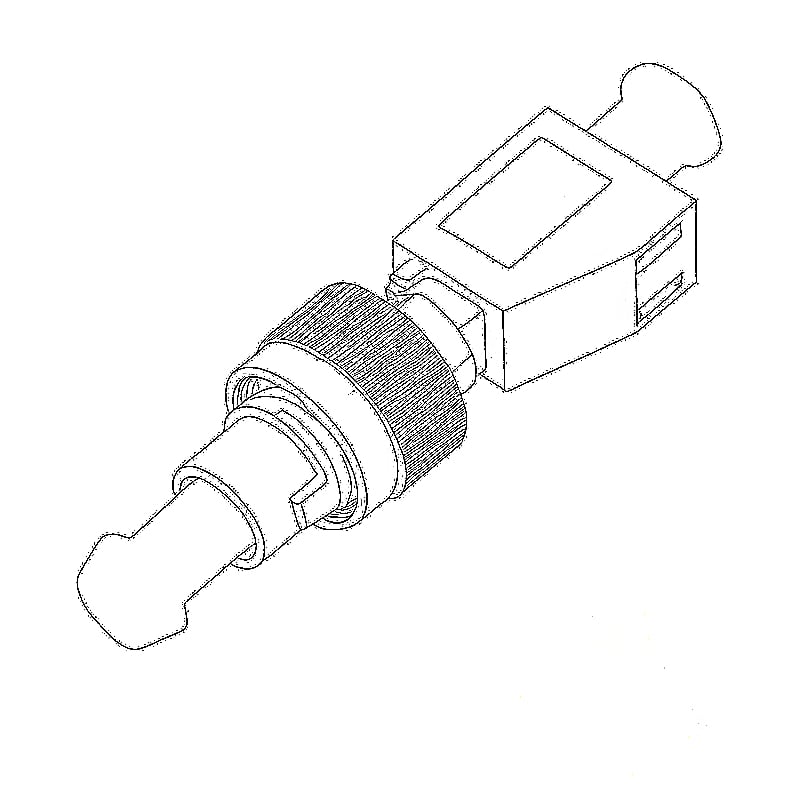





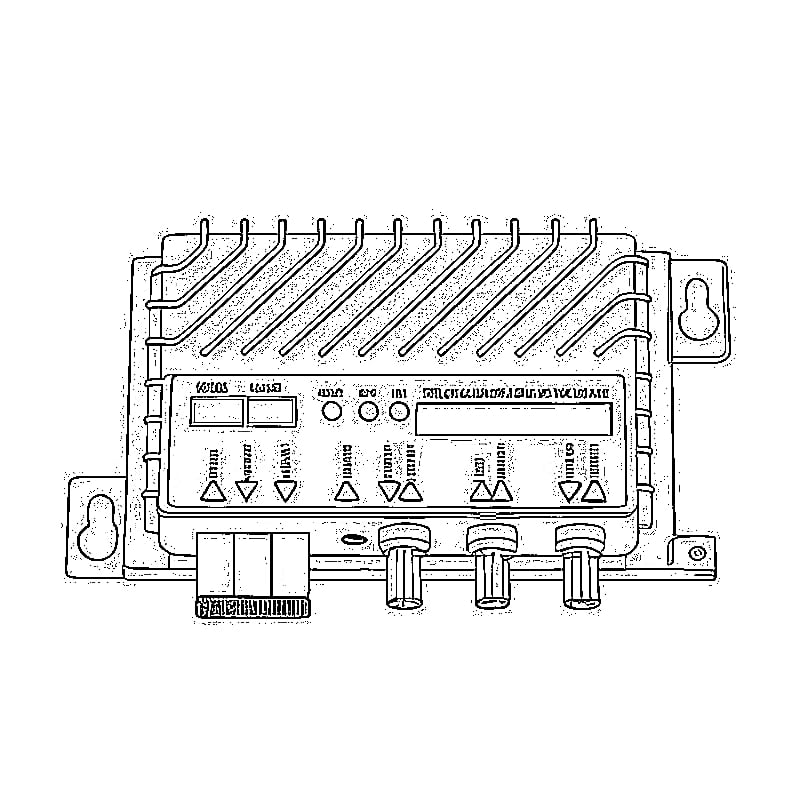



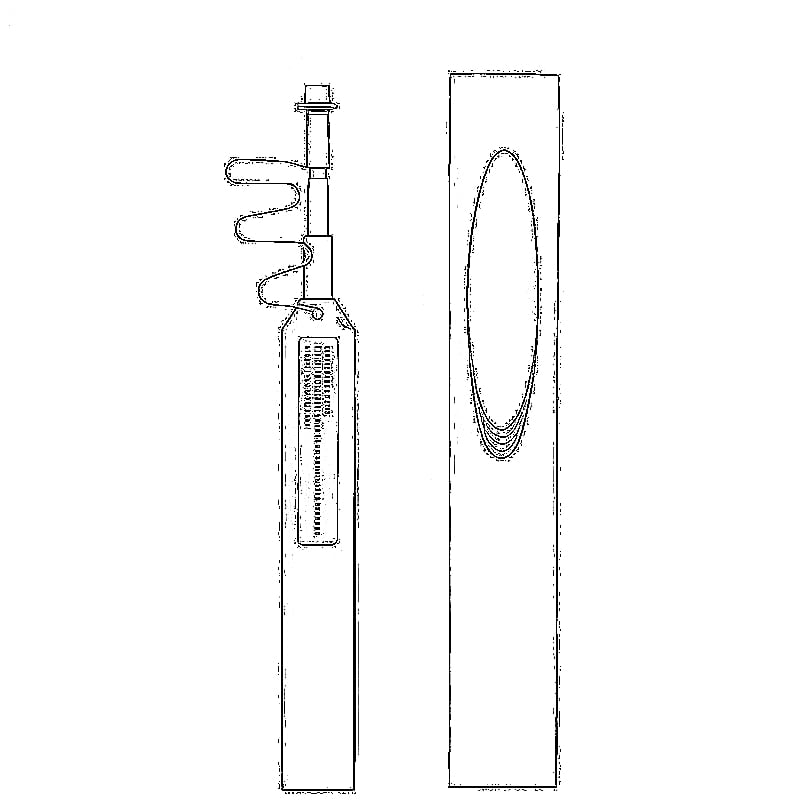











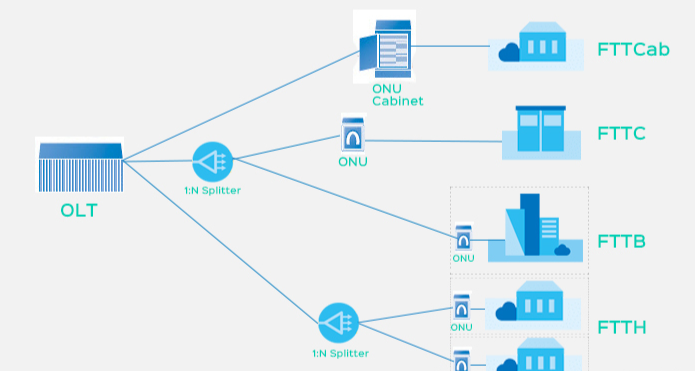

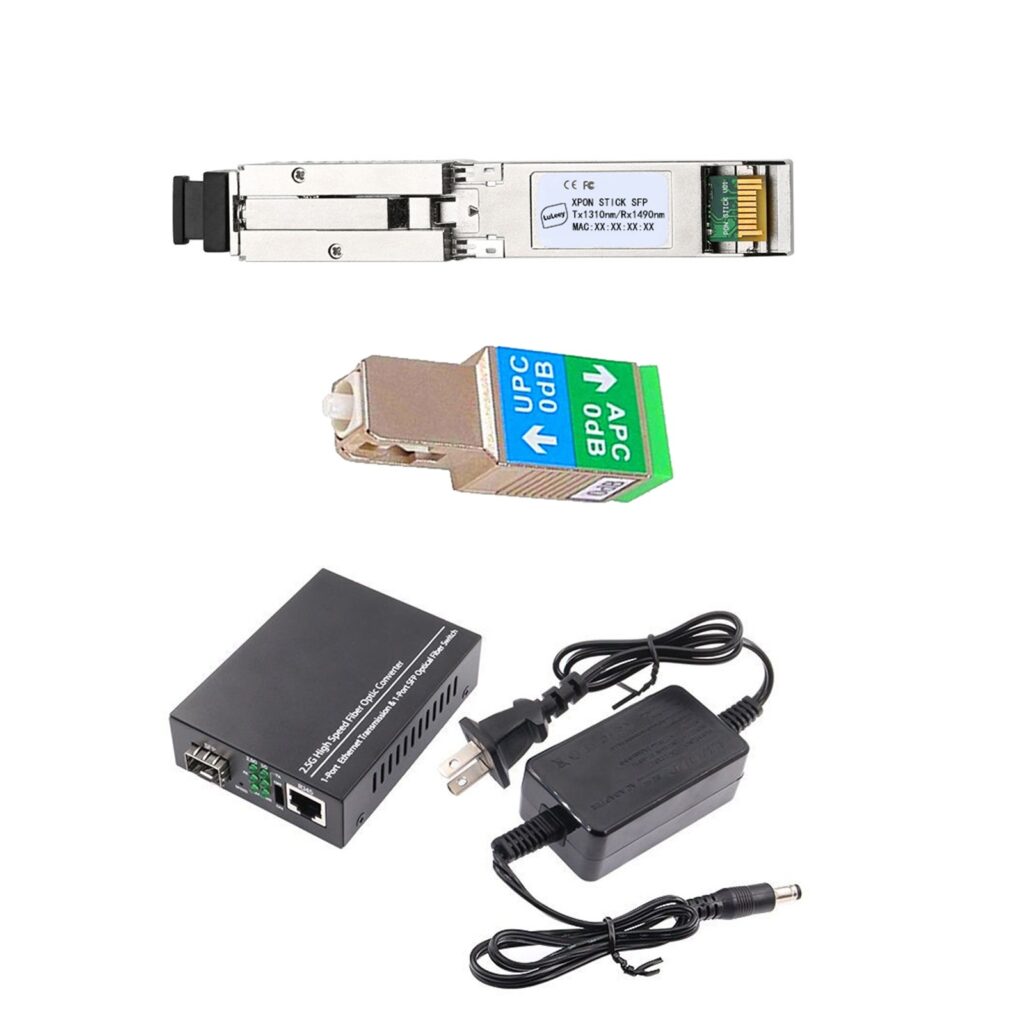
 SFP/SFP+ (1G/2.5G/5G/10G)
SFP/SFP+ (1G/2.5G/5G/10G) SFP-T (1G/2.5G/10G)
SFP-T (1G/2.5G/10G) AOC Cable 10G/25G/40G/100G
AOC Cable 10G/25G/40G/100G DAC Cable 10G/25G/40G/100G
DAC Cable 10G/25G/40G/100G QSFP28 QSFP+ SFP28 100G/40G/25G
QSFP28 QSFP+ SFP28 100G/40G/25G Copper to Fiber Media Converters
Copper to Fiber Media Converters Fiber Media Converter PCBA Board
Fiber Media Converter PCBA Board OEO Fiber Media Converters
OEO Fiber Media Converters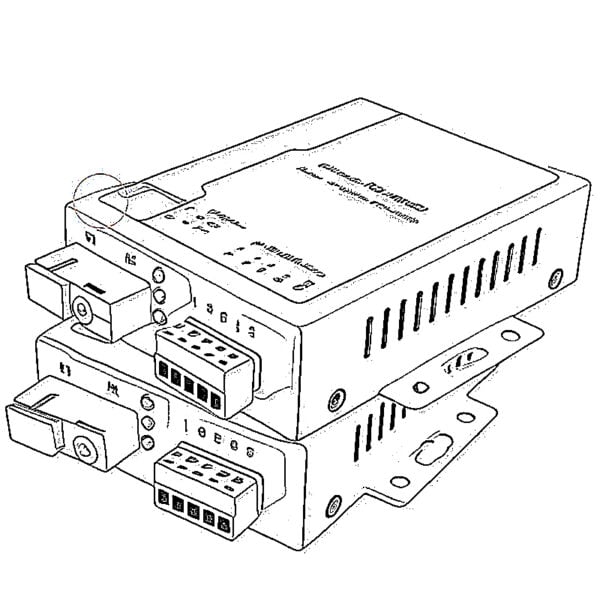 Serial to Fiber Media Converters
Serial to Fiber Media Converters Video to Fiber Media Converters
Video to Fiber Media Converters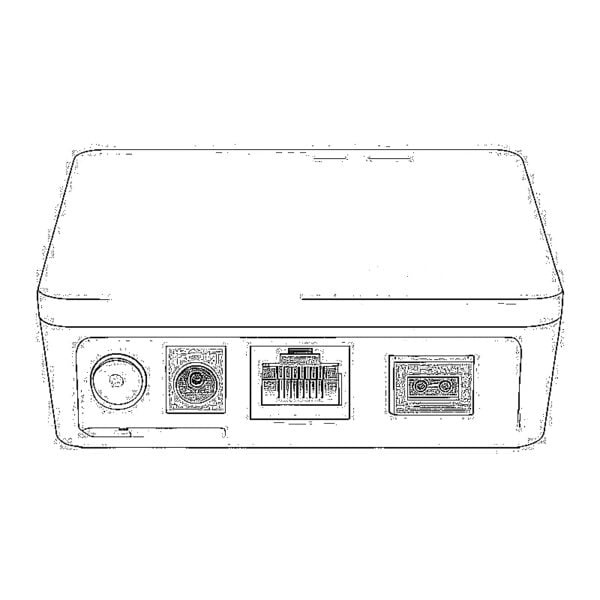 1000M GPON/EPON ONU
1000M GPON/EPON ONU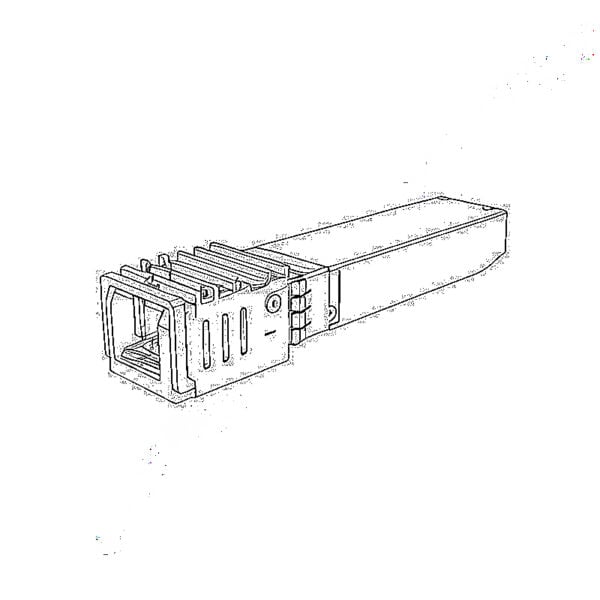 10G EPON ONU/XG-PON/XGS-PON
10G EPON ONU/XG-PON/XGS-PON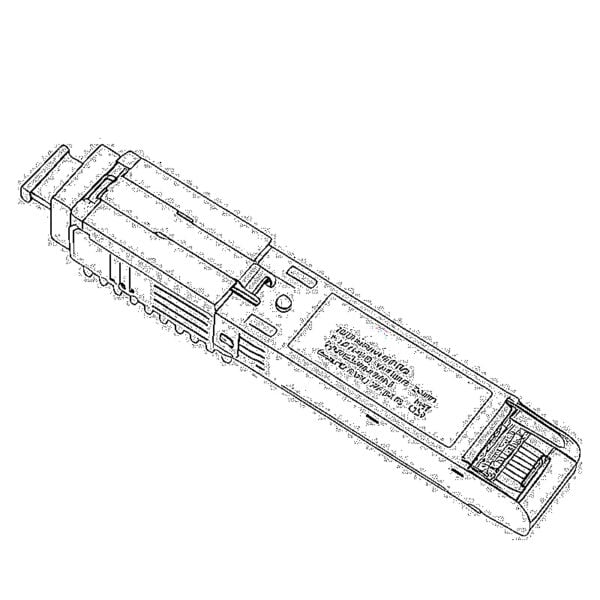 2.5G GPON/XPON STICK SFP ONU
2.5G GPON/XPON STICK SFP ONU POE GPON/EPON ONU
POE GPON/EPON ONU Wireless GPON/EPON ONT
Wireless GPON/EPON ONT EPON OLT
EPON OLT GPON OLT
GPON OLT SFP PON Module
SFP PON Module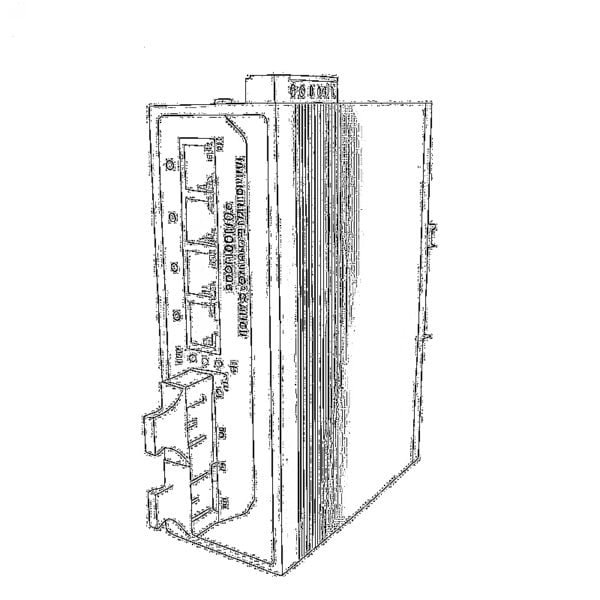 Industrial Switches
Industrial Switches Managed Switches
Managed Switches POE Switches
POE Switches Unmanaged Switches
Unmanaged Switches MTP/MPO Fiber Cables
MTP/MPO Fiber Cables Fiber Optic Cassettes
Fiber Optic Cassettes Fiber Optic Loopback
Fiber Optic Loopback Optic Cables and Fiber Pigtails
Optic Cables and Fiber Pigtails Optical Splitters and Splitter Box
Optical Splitters and Splitter Box Fiber Flange Connectors
Fiber Flange Connectors Optical Adapters
Optical Adapters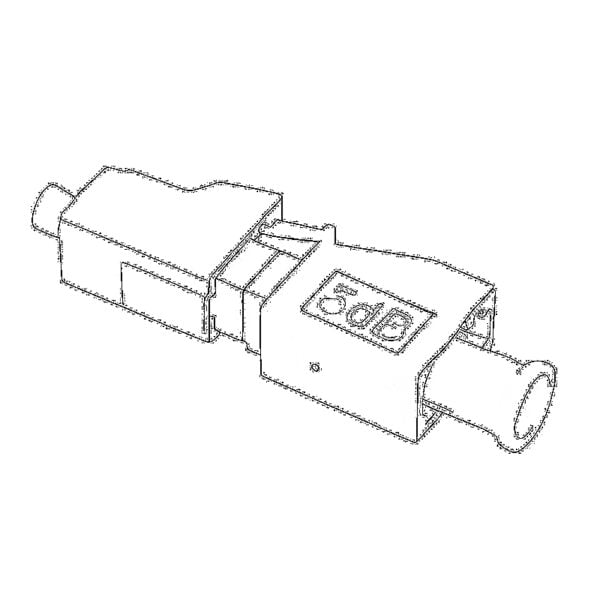 Optical Attenuator
Optical Attenuator Quick Connector and Connector Panel
Quick Connector and Connector Panel CATV Amplifier
CATV Amplifier CATV Optical Receiver
CATV Optical Receiver Visual Fault Locator
Visual Fault Locator OTDR
OTDR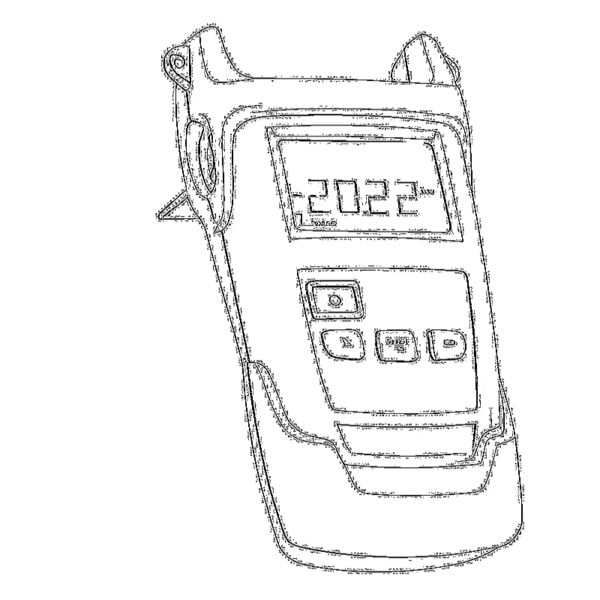 Optical Power Meter
Optical Power Meter Fiber Optic Identifier
Fiber Optic Identifier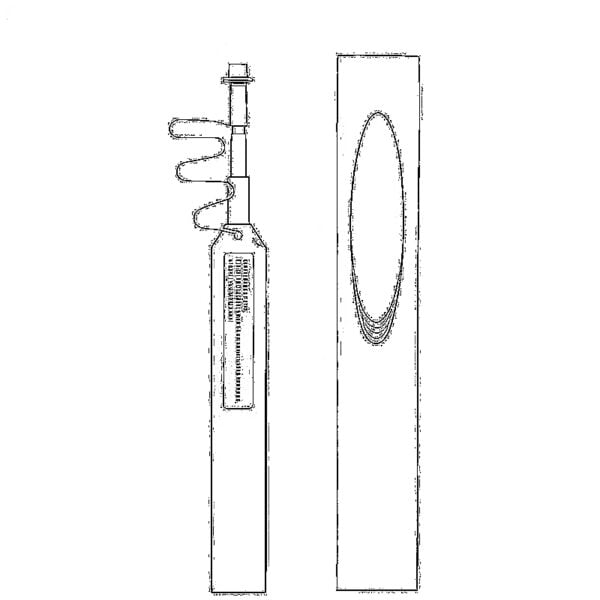 Fiber Optic Cleaners
Fiber Optic Cleaners Fiber Cleavers & Fiber Strippers
Fiber Cleavers & Fiber Strippers Copper Tools
Copper Tools